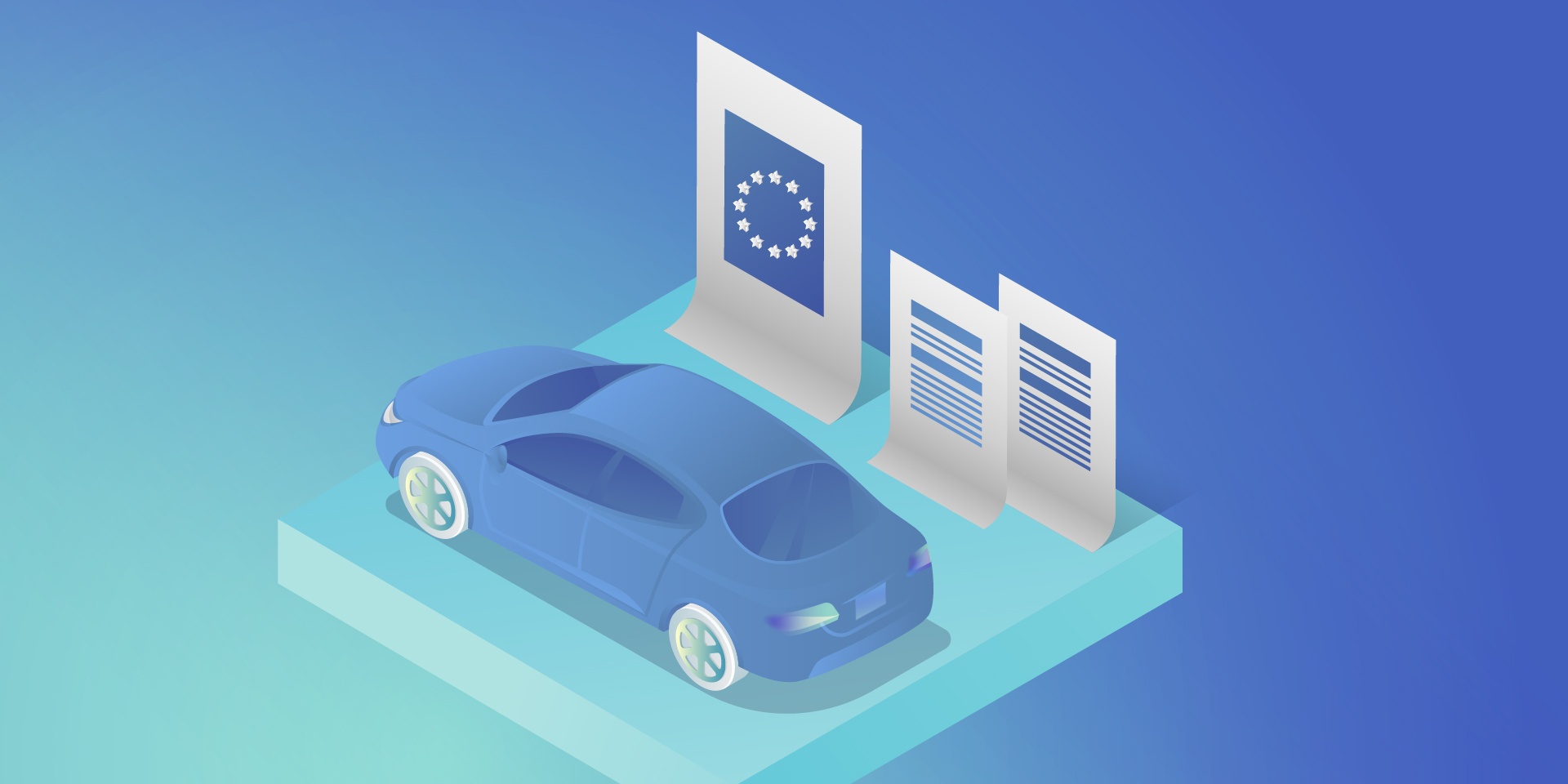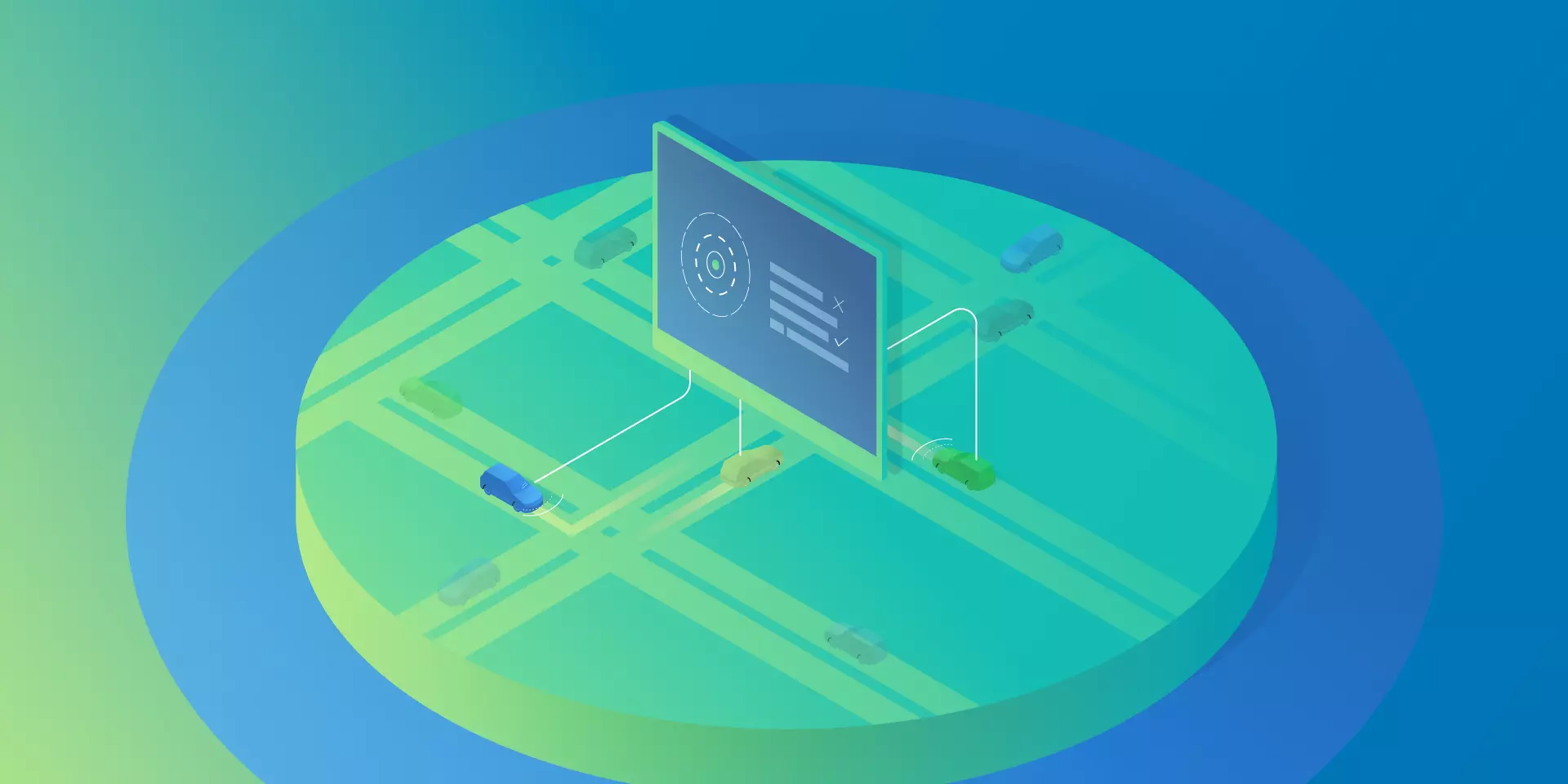Building EU-Compliant Connected Car Software Under the EU Data Act

The EU Data Act is about to change the rules of the game for many industries, and automotive OEMs are no exception. With new regulations aimed at making data generated by connected vehicles more accessible to consumers and third parties, OEMs are experiencing a major shift. So, what does this mean for the automotive space?
First, it means rethinking how data is managed, shared, and protected. OEMs must now meet new requirements for data portability, security, and privacy, using software compliant with the EU Data Act.
This guide will walk you through how they can prepare to not just survive but thrive under the new regulations.
| The EU Data Act deadlines OEMs can’t miss – Chapter II (B2B and B2C data sharing) has a deadline of September 2025. – Article 3 (accessibility by design) has a deadline of September 2026. – Chapter IV (contractual terms between businesses) has a deadline of September 2027. |
Compliance requirements for automotive OEMs
The EU Data Act establishes specific obligations for automotive OEMs to ensure secure, transparent, and fair data sharing with both consumers (B2C) and third-party businesses (B2B). The following key provisions outline the requirements that OEMs must fulfill to comply with the Act.
B2C obligations
- Data accessibility for users:
- Connected products, such as vehicles, must be built in a way that makes data generated by their use accessible in a structured, machine-readable format. This requirement applies from the manufacturing stage, meaning the design process must incorporate data accessibility features.
- User control over data:
- Users should have the ability to control how their data is used, including the right to share it with third parties of their choice. This requires OEMs to implement systems that allow consumers to grant and revoke access to their data seamlessly.
- Transparency in data practices:
- OEMs are required to provide clear and transparent information about the nature and volume of collected data and the way to access it.
- When a user requests to make data available to a third party, the OEM must inform them about:
a) The identity of the third party
b) The purpose of data use
c) The type of data that will be shared
d) The right of the user to withdraw consent for the third party to access the data
B2B obligations
1. Fair access to data:
- OEMs must ensure that data generated by connected products is accessible to third parties at the user’s request under fair, reasonable, and non-discriminatory conditions.
- This means that data sharing cannot be restricted to certain partners or proprietary platforms; it must be available to a broad range of businesses, including independent repair shops, insurers, and fleet managers.
2. Compliance with security and privacy regulations:
- While sharing non-personal data, OEMs must still comply with relevant data security and privacy regulations. This means that data must be protected from unauthorized access and that any data-sharing agreements are in line with the EU Data Act and GDPR.
3. Protection of trade secrets
- OEMs have a right and obligation to protect their trade secrets and should only disclose them when necessary to meet the agreed purpose. This means identifying protected data, agreeing on confidentiality measures with third parties, and suspending data sharing if these measures are not properly followed or if sharing would cause significant economic harm.
Understanding the specific obligations is only the first step for automotive OEMs. Based on this information, they can build software compliant with the EU Data Act. To navigate these new requirements effectively, OEMs need to adopt an approach that not only meets regulatory demands but also strengthens their competitive edge.
Thriving under the EU Data Act: smart investments and privacy-first strategies
Automotive OEMs must take a strategic approach to both their software and operational frameworks, balancing compliance requirements with innovation and customer trust. The key is to prioritize solutions that improve data accessibility and governance while minimizing costs. This starts with redesigning connected products and services to align with the Act’s data-sharing mandates and creating solutions to handle data requests efficiently.
Another critical focus is balancing privacy concerns with data-sharing obligations. OEMs must handle non-personal data responsibly under the EU Data Act while managing personal data in accordance with GDPR. This includes providing transparency about data usage and giving customers control over their data.
To achieve this balance, OEMs should identify which data needs to be shared with third parties and integrate privacy considerations across all stages of product development and data management. Transparent communication about data use, supported by clear policies and customer controls, helps to reinforce this trust.
Opportunities under the EU Data Act
The EU Data Act presents compliance challenges, but it also offers significant opportunities for OEMs that are prepared to adapt. By meeting the Act’s requirements for fair data sharing, OEMs can expand their services and build new partnerships. While direct monetization from data access fees is limited, there are numerous opportunities to leverage shared data to develop new value-added services and improve operational efficiency.
Next steps for automotive OEMs
To move to implementation, OEMs must take targeted actions that address the compliance requirements outlined earlier. These steps lay the groundwork for integrating broader strategies and turning compliance efforts into opportunities for operational improvement and future growth.
Integrate data accessibility into vehicle design
Start integrating data accessibility into vehicle design now to comply by 2026. This involves adapting both front and back-end components of products and services to enable secure and seamless data access and transfer according to the EU Data Act.
Provide user and third-party access to generated data
Introduce easy-to-use mechanisms that let users request access to their data or share it with chosen third parties. Access control should be straightforward, involving simple user identification and making data accessible to authorized users upon request. Develop dedicated data-sharing solutions, applications, or portals that enable third parties to request access to data with user consent.
Implement trade secret protection measures
OEMs should protect their trade secrets by identifying which vehicle data is commercially sensitive. Implement measures like data encryption and access controls to safeguard this information when sharing data. Clearly communicate your approach to protecting trade secrets without disclosing the sensitive information itself.
Implement transparent and secure data handling
Provide clear information to users about what data is collected, how it is used, and with whom it is shared. Transparent data practices help build trust and align with users’ data rights under the EU Data Act.
Remember about the non-personal data that is being collected, too. Apply appropriate measures to preserve data quality and prevent its unauthorized access, transfer, or use.
Enable data interoperability and portability
The Act sets out essential requirements to facilitate the interoperability of data and data-sharing mechanisms, with a strong emphasis on data portability. OEMs need to make their data systems compatible with third-party services, allowing data to be easily transferred between platforms.
For example, if a car owner wants to switch from an OEM-provided app to a third-party app for vehicle diagnostics, OEMs must not create technical, contractual, or organizational barriers that would make this switch difficult.
Prepare the data
Choose a data format that fulfills the EU Data Act’s requirement for data to be shared in a “commonly used and machine-readable format.” This approach supports data accessibility and usability across different platforms and services.
Moving forward with confidence
The EU Data Act is bringing new obligations but also offering valuable opportunities. Navigating these changes may seem challenging, but with the right approach, they can become a catalyst for growth.
Do you need help navigating new data regulations and staying on top of the latest requirements?
We’re here to help.
Our team offers consultation on how to prepare for regulatory changes and can assist you in building software compliant with the EU Data Act. Whether you need a secure, efficient data-sharing platform or guidance on managing your data, we’ll tailor our solutions to fit your business needs.
Turn regulatory compliance into a strategic asset. Now is the time to embrace these changes and position your business to thrive in this data-driven economy
Check related articles
Read our blog and stay informed about the industry's latest trends and solutions.
see all articles






